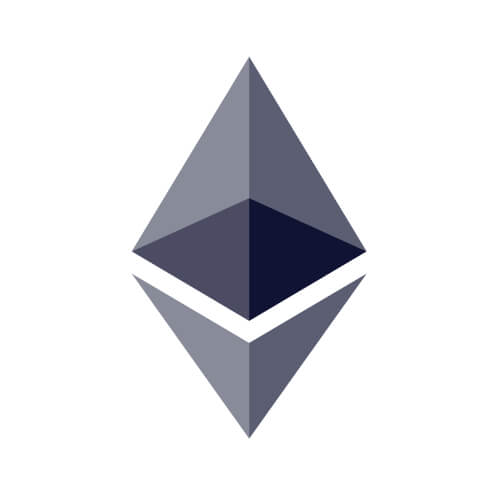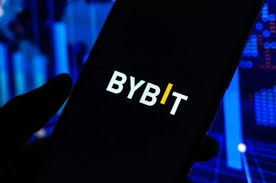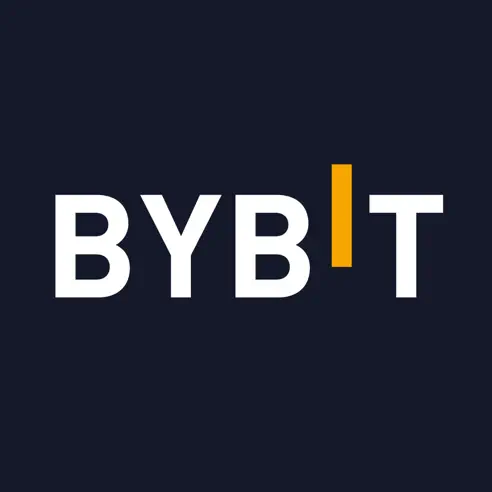S
ince its launch in 2018, the USDC stablecoin has played a pivotal role in blockchain transactions, with a remarkable $12 trillion in settlements. Circle’s latest report delves into the surge of USDC usage in Asia, particularly for remittances, underscoring its utility beyond just speculative trading.
USDC’s Growing Presence in Asia
The report notes a significant $130 billion worth of USDC transactions flowing into Asia in 2022. This volume represents a major portion of the global digital currency value, with the Asia-Pacific region accounting for 29%.
Remittances and Emerging Markets
Remittance transfers, crucial for emerging markets with large diaspora populations like the Philippines, constitute a significant part of these volumes. Circle’s collaboration with Coins.ph aims to tap into this lucrative market, estimated to be worth around $36 billion annually.
Addressing the Trade Finance Gap
Circle’s report also sheds light on how USDC is helping bridge a massive $510 billion trade finance gap in the region, aiding businesses in emerging markets with capital outflow restrictions and credit needs.
Case Study: XREX’s Use of USDC
Highlighting a practical application, the report mentions Taipei-based XREX, which leverages USDC to facilitate financial transactions between countries, capitalizing on the liquidity disparities in Southeast Asia.
Decline in Speculative Trading
In a notable shift, Circle observes a 90% decrease in the use of stablecoins for speculative trading over the past five years.
International Perspective:
Beyond Asia, the report also touches on Latin America, where 33% of consumers have utilized a stablecoin for payments, and the region has seen $562 billion in digital currency receipts from 2021 to mid-2022.
Short Summary:
Circle’s report highlights the significant role of USDC stablecoin in transforming remittances and trade finance in Asia and its growing acceptance in regions like Latin America. This marks a shift in the global financial landscape, where digital currencies are increasingly seen as practical tools for everyday transactions.
















